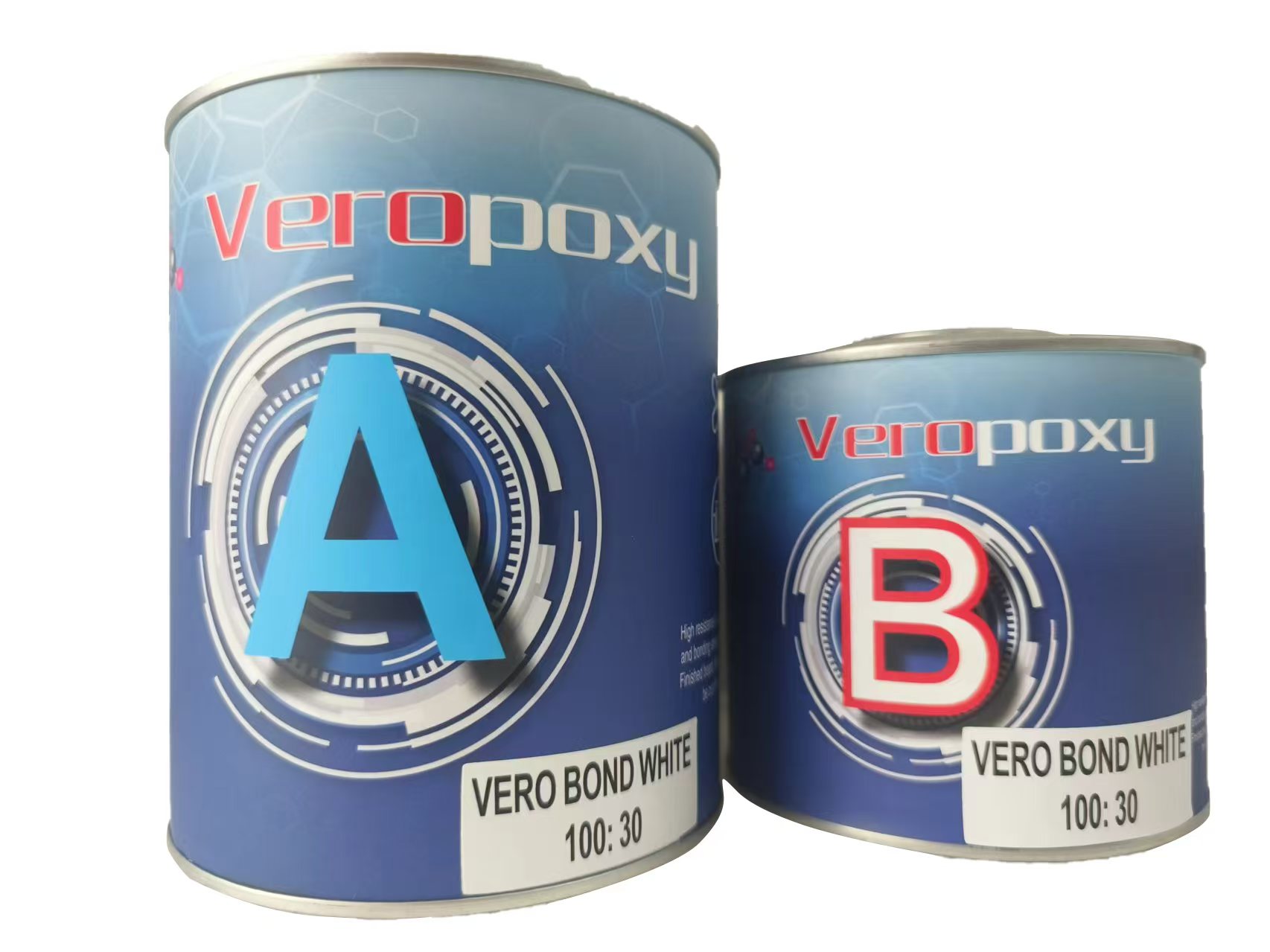Imagine investing in a breathtaking stone patio or a sleek interior stone wall, only to have it marred by persistent white streaks known as efflorescence. Frustrating, is it not? Efflorescence indicates deeper moisture-related issues that could eventually compromise your stone, not only a surface concern. Though there are many ways to deal with efflorescence, one material jumps out for long-term promise: epoxy resin.
Is using epoxy resin a smart investment? How much might it save over time, and what is the upfront cost? The economics of using epoxy resin for efflorescence maintenance are discussed in this paper, with an eye towards balancing the initial costs with its long-term advantages.
Understanding Efflorescence Maintenance Costs
From chemical cleaning and consistent sealants to full-on restoration projects, efflorescence removal and prevention can be accomplished using many techniques. Although these techniques could be less costly at first, they sometimes call for regular reapplying or labour-intensive maintenance. Hence, a cycle of regular expenses that mounts over time.
Epoxy resin, on the other hand, offers a more permanent solution. But this permanence comes at a price, which includes material costs, professional application fees, and potential rework if applied incorrectly. How then does it measure against conventional techniques?
Breaking Down Epoxy Resin Costs
Upfront Investment
With pricing depending on quality, type, and scope of the project, epoxy resin is more costly than traditional sealants. Materials for a 100-square-foot stone surface might run from $200 to $600. Professional application might add another $500 to $1,500, depending on the labour market in your area and the degree of surface complexity.
Longevity and Durability
Unlike standard sealants that need reapplication every 1–3 years, epoxy resin often lasts 10–20 years or more when applied correctly. Over time, this longevity greatly lowers maintenance expenses, thus it is a wise decision over long run.
The Savings from Preventing Efflorescence
Reduced Cleaning Costs
Efflorescence removal typically involves chemical cleaners or abrasive methods, which can weaken stone surfaces over time. For a medium-sized installation, regular cleaning to control efflorescence might run between $200 and $500 annually. The need for such cleaning is virtually completely eliminated with epoxy resin creating a waterproof barrier.
Avoiding Structural Repairs
Persistent efflorescence can signal deeper moisture problems that may eventually damage stone and its supporting structures. Repairing damaged masonry can run thousands of dollars, much more than the initial outlay for epoxy resin application.
Lower Frequency of Maintenance
Traditional sealants might save money initially, but their frequent reapplication costs—typically $300–$600 every few years—add up. The long lifetime of epoxy resin drastically lowers this ongoing cost and provides large long-term savings.
Environmental and Time-Saving Benefits
Cost-effectiveness is about resources and time as much as it is dollars. Consistent with sustainable practices, epoxy resin lessens the need for chemical sealants and water-intensive cleaning methods. By not having to constantly maintain or restore stone surfaces, both homeowners and business owners save time.
Comparing Epoxy Resin to Alternatives
Traditional Sealants
Sealants create a surface-level barrier but are prone to wear and tear, especially in high-traffic areas or extreme weather conditions. Although less expensive at first, their frequent reapplication reduces their long-term economy.
Anti-Efflorescence Coatings
These coatings focus solely on preventing efflorescence but may not address other issues like discoloration or UV damage. Often less durable than epoxy resin, they call for more regular maintenance.
Complete Stone Replacement
Replacing the stone could become essential in cases of extreme efflorescence damage, costing tens of thousands of dollars for bigger installations. Preventive qualities of epoxy resin help to avoid such extreme measures, so saving significant sums of money.
Practical Scenarios
Residential Stone Patios
A homeowner with a stone patio in a humid climate spends $500 annually on cleaning and resealing to combat efflorescence. Investing $2,000 upfront in epoxy resin helps them to save over $3,000 in five years by removing the need for these ongoing costs.
Commercial Spaces
Frequent cleaning and spills cause efflorescence problems on decorative stone walled restaurants. Every year, regular maintenance runs at 1,500 dollars. Six years of a $8,000 epoxy resin application pays for itself and keeps the restaurant looking good.
Historic Restorations
Restoring efflorescence-damaged stone at historical sites usually calls for expensive treatments and repairs. Epoxy resin not only stops more damage but also lessens the frequency of preservation activities, so saving time and resources for restoration teams.
Challenges and Considerations
While epoxy resin has undeniable cost-saving potential, its effectiveness depends on proper application. Results might be poor depending on poor surface preparation, uneven coatings, or unsuitable resin type. Maximising its value depends on bringing in qualified experts.
Additionally, epoxy resin might not suit every aesthetic preference. While most stones benefit from clear, glossy finishes, some may find them overly synthetic or reflective. Alternatives are provided by matte and semi-gloss epoxy variants; but, these could increase expenses.
Long-Term Financial Impact
To truly understand epoxy resin’s cost-effectiveness, let’s look at a 20-year projection:
| Maintenance Method | Upfront Cost | Recurring Costs (20 Years) | Total Cost Over 20 Years |
|---|---|---|---|
| Epoxy Resin | $2,000 | $0 | $2,000 |
| Traditional Sealants | $500 | $5,000 (5 reapplications) | $5,500 |
| Cleaning + Minor Repairs | $0 | $10,000 ($500/year) | $10,000 |
The data clearly shows epoxy resin as the most cost-effective option over two decades, offering substantial savings while maintaining the integrity and aesthetics of stone surfaces.

Epoxy resin
Efflorescence may be a pesky issue, but with epoxy resin, it doesn’t have to be a recurring headache. The long-term financial, environmental, and time-saving advantages of stone maintenance clearly make it a winner even if the initial outlay may seem high. Epoxy resin protects your investment and the natural beauty of the stone whether for historic restorations, commercial installations, or home patios.The next time you spot a white streak on your stonework, remember: a little upfront planning with epoxy resin can save a lot of trouble—and money—in the years to come.
Post time: 11 月-21-2024

